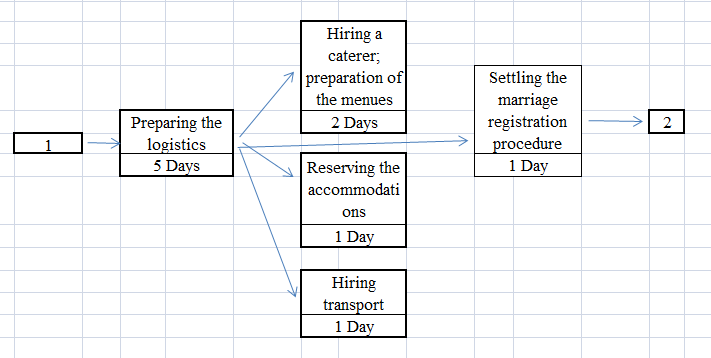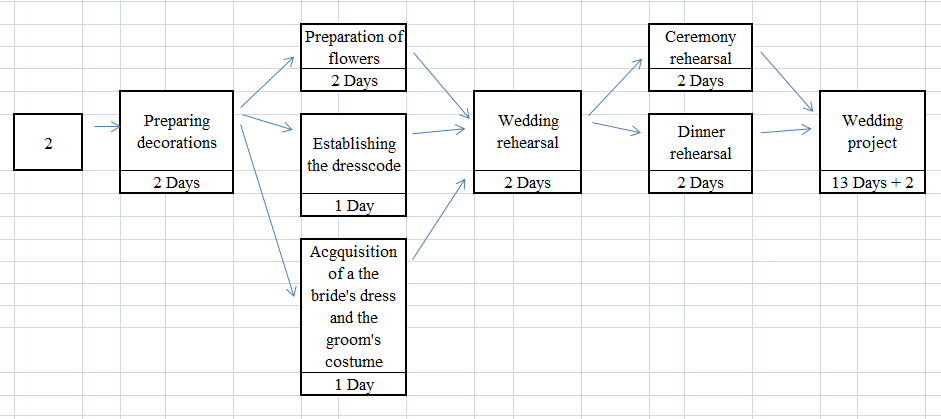One of the essential aspects of any project is determining its critical path. It usually encompasses a detailed list of all activities planned for the project with all relevant information, including the specifics of each activity, responsible persons, and estimated duration. Determining the critical path for a project helps with general planning, provides a comprehensible overview of the activities, and assists with establishing an operational framework for the project. Establishing the critical path is also a helpful tool for budget planning and time management. The benefits of creating a critical path include: identifying dependencies between activities, resource limits, and associated risks; accurate estimation of the activities’ duration; prioritization of activities based on their float or slack time (Critical path method, n. d.). Additionally, it allows for identifying critical activities that must be completed on time, managing progress, and measuring schedule deviations (Critical path method, n. d.). It can also include alternative or additional activities in case of unexpected delays or accelerations.
It is usually preferred for the activities included in the critical path to be carried out according to the established order and time periods. It ensures a balanced flow of activities with a minimum of lost time and resources, ensuring the project’s efficiency. Delays in the planned schedule can cause overlapping activities leading to painful compromises, hindering some activities in favor of others, or potentially harming both. In the context of a wedding, delays present additional financial and psychological pressure for guests and the organizers. Acceleration, on the other hand, can create a time vacuum between planned activities that can be considered lost potential. Including optional activities in the critical path can help fill the gaps in the schedule in such cases.
A network diagram is an effective tool for establishing and visually representing the critical path of the project. It comprises a series of interconnected elements that indicate the relationships between different project activities (Verma, 2023). Such diagrams are a convenient way to provide activity descriptions and their interconnections in a comprehensible way. Placing activities in a hierarchical manner gives a clear representation of their relations and estimated project completion time. The precedence diagramming method is the most popular for use in project management (Verma, 2023). Therefore, it is the optimal choice for application in the current project.
The network diagram for the wedding project can be found in Appendix A. The blocks represent activities, and the arrows indicate relations between them. The activities are presented in time progression. Activities that are placed in the same columns can be performed in parallel by different groups of responsible persons. The overall project length is estimated at 13 days, with two extra days for amortization. The most time-consuming part of the critical path is logistics, estimated to take 5 days to complete. Dividing the tasks between different responsible persons allows for the optimization of the process. Activities that may be stretched in time due to periods of necessary waiting, such as printing the invitations or finding and ordering flowers, can be combined with other activities to save time.
The distribution of responsibilities on the critical path mitigates some of the negative repercussions of delays and accelerations. Due to the flexibility of the established work breakdown structure, time windows can be covered with alternative activities presented in the network diagram in same columns. The optimized and efficient nature of the proposed project allows for all preparation activities to be completed in a short span of time.
References
Verma, E. (2023). Network diagram: An important tool for effective time management. SimpliLearn. Web.
Critical path method. (n. d.). ProjectManager. Web.
Appendix A
The Wedding project network diagram



